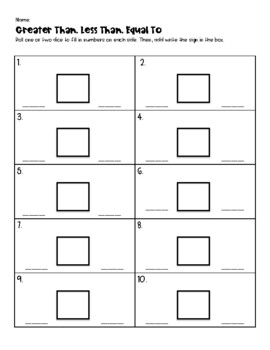

The rise has occurred similarly among both boys and girls: in 2016 18% of girls and 19% of boys were overweight. The prevalence of overweight and obesity among children and adolescents aged 5-19 has risen dramatically from just 4% in 1975 to just over 18% in 2016. Over 340 million children and adolescents aged 5-19 were overweight or obese in 2016. Almost half of the children under 5 who were overweight or obese in 2019 lived in Asia. In Africa, the number of overweight children under 5 has increased by nearly 24% percent since 2000. Once considered a high-income country problem, overweight and obesity are now on the rise in low- and middle-income countries, particularly in urban settings. In 2019, an estimated 38.2 million children under the age of 5 years were overweight or obese. The worldwide prevalence of obesity nearly tripled between 19.Overall, about 13% of the world’s adult population (11% of men and 15% of women) were obese in 2016.In 2016, 39% of adults aged 18 years and over (39% of men and 40% of women) were overweight.Of these over 650 million adults were obese. In 2016, more than 1.9 billion adults aged 18 years and older were overweight.Charts and tables: WHO growth reference for children aged between 5–19 years.obesity is greater than 2 standard deviations above the WHO Growth Reference median.overweight is BMI-for-age greater than 1 standard deviation above the WHO Growth Reference median and.Overweight and obesity are defined as follows for children aged between 5–19 years: Charts and tables: WHO child growth standards for children aged under 5 years.obesity is weight-for-height greater than 3 standard deviations above the WHO Child Growth Standards median.overweight is weight-for-height greater than 2 standard deviations above WHO Child Growth Standards median and.However, it should be considered a rough guide because it may not correspond to the same degree of fatness in different individuals.įor children, age needs to be considered when defining overweight and obesity. obesity is a BMI greater than or equal to 30.īMI provides the most useful population-level measure of overweight and obesity as it is the same for both sexes and for all ages of adults.overweight is a BMI greater than or equal to 25 and.Adultsįor adults, WHO defines overweight and obesity as follows: It is defined as a person's weight in kilograms divided by the square of his height in meters (kg/m 2). Kindergarten Place Value Worksheets (K.NBT.A.What are obesity and overweightOverweight and obesity are defined as abnormal or excessiveīody mass index (BMI) is a simple index of weight-for-height that is commonly used to classify overweight and obesity in adults. K.CC.C.7 - Compare two numbers between 1 and 10 presented as written numerals.Ĭut and Paste Alligators to Compare Numbers Worksheets 1 to 5Ĭut and Paste Alligators to Compare Numbers Worksheets 1 to 9 Greater Than Less Than Circle worksheets (Fruits) 1 to 9 Greater Than Less Than Circle worksheets (Fruits) 1 to 5

Greater Than Less Than Circle worksheets (Shapes) 1 to 9 Greater Than Less Than Circle worksheets (Shapes) 1 to 5 Greater Than Less Than Circle worksheets (Animals) 1 to 9 Greater Than Less Than Circle worksheets (Animals) 1 to 5 Greater Than Less Than (Shapes) worksheets 1 to 9 Greater Than Less Than (Shapes) worksheets 1 to 5 Greater Than Less Than Kindergarten worksheets (Animals) 1 to 9 Greater Than Less Than Kindergarten worksheets (Animals) 1 to 5 Greater Than Less Than Kindergarten Worksheets Greater Than Less ThanĬommon Core State Standards - K.CC.C.6 - Identify whether the number of objects in one group is greater than, less than, or equal to the number of objects in another group.


 0 kommentar(er)
0 kommentar(er)
